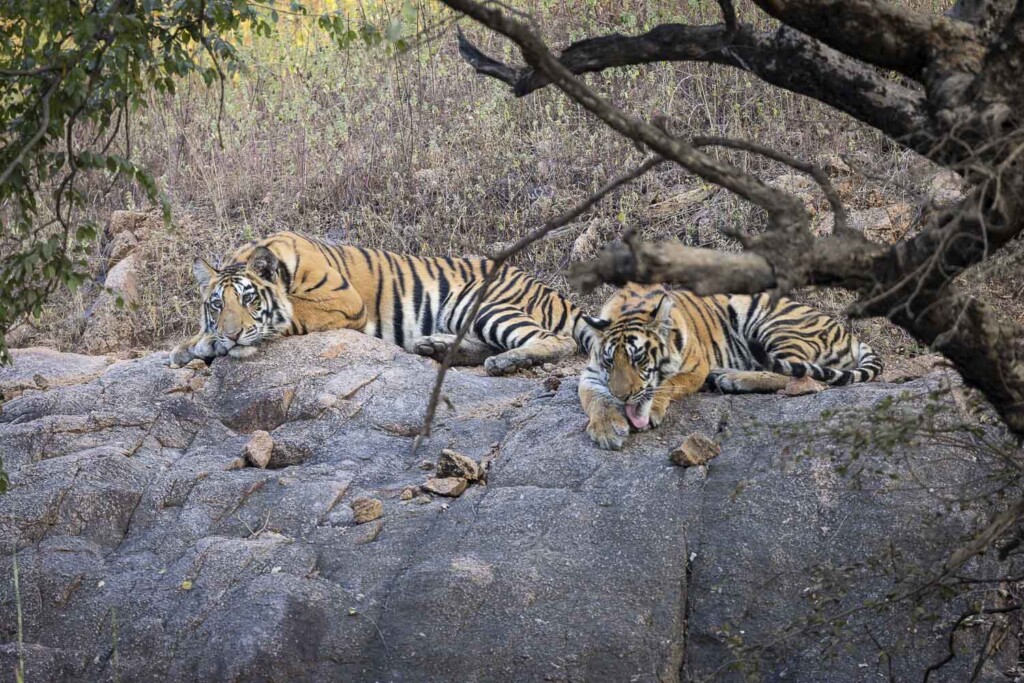
The Majesty of Tigers in India: Guardians of the Jungles
India stands as the guardian of one of the most iconic and endangered species on the planet – the Bengal tiger (Panthera tigris tigris). Revered for their majestic presence and powerful aura, these big cats hold a special place in the heart of Indian wildlife enthusiasts and are a symbol of the country’s rich biodiversity.
Thriving in Diverse Habitats:
Bengal tigers are primarily found in the various ecosystems across India, ranging from the dense mangrove forests of the Sundarbans in the east to the deciduous forests of central India and the foothills of the Himalayas in the north. Their adaptability to different habitats showcases the resilience of this magnificent species.
National Parks and Wildlife Sanctuaries:
India’s commitment to tiger conservation is evident in its network of national parks and wildlife sanctuaries dedicated to the protection of these big cats. Reserves such as Ranthambhore, Jim Corbett, and Bandipur provide a safe haven for tigers, allowing visitors a rare glimpse into their natural behavior in the wild.
Endangered Status and Conservation Efforts:
Despite their cultural significance, Bengal tigers are listed as an endangered species. Rapid habitat loss, poaching, and human-wildlife conflict pose significant threats to their survival. India has undertaken ambitious conservation initiatives, implementing strict anti-poaching measures, habitat preservation, and community involvement to ensure the protection of these majestic creatures.
Role in Ecosystem Balance:
Tigers play a pivotal role in maintaining the ecological balance of their habitats. As apex predators, they regulate the population of herbivores, preventing overgrazing and promoting the health of the overall ecosystem. Their presence is crucial for biodiversity conservation.
Tourism and Responsible Wildlife Viewing:
Wildlife tourism centered around tiger reserves has gained popularity, providing a source of revenue for conservation efforts. Responsible tourism practices, such as ethical safari experiences and environmental education programs, contribute to both the local economy and the long-term preservation of tiger habitats.


Conservation Success Stories:
India’s commitment to tiger conservation has yielded positive results. The increase in tiger populations in some reserves is a testament to the effectiveness of conservation programs. Collaborative efforts between government agencies, NGOs, and local communities showcase the potential for balancing the needs of both humans and tigers.
The Symbolic Importance:
Beyond their ecological role, Bengal tigers hold a symbolic significance in Indian culture and mythology. Revered as symbols of power and strength, they are featured in various folklores, rituals, and even national emblems, emphasizing the deep connection between the people of India and these majestic creatures.
The tale of the Bengal tigers in India is one of resilience, conservation, and cultural significance. As stewards of these magnificent creatures, India continues to navigate the delicate balance between human development and the preservation of its natural heritage, ensuring a future where tigers can continue to roam freely in the vast and biodiverse landscapes they call home.


